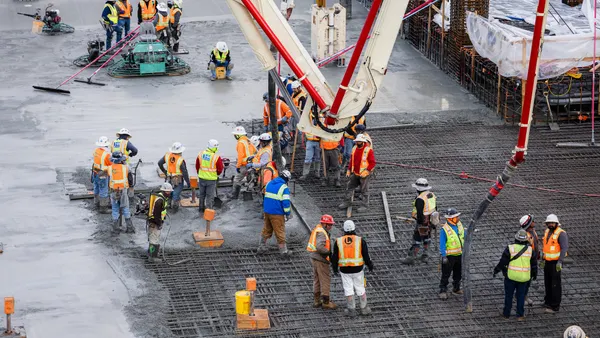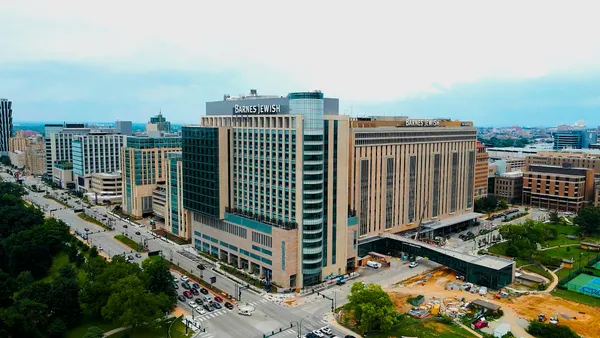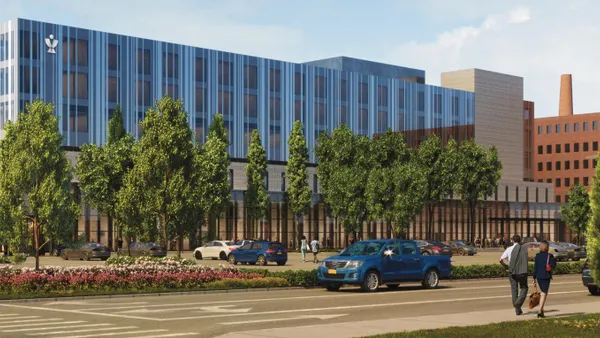The U.S. office market is bouncing back, entering a growth cycle after years of fighting vacancies, according to JLL’s Q3 office market dynamics report.
National office vacancy rates declined for the first time since early 2019, falling five basis points to 22.5% at the end of the third quarter, JLL says. Leasing activity is at 82% of pre-pandemic levels.
Gross leasing volume grew 6.5% quarter over quarter to 52.4 million square feet, with 18 markets exceeding pre-pandemic leasing activity and seven markets returning to more than 90% of pre-pandemic levels.
The first decline in vacancies since 2019 is the result of stabilizing demand and expanding office footprints at a time when new development is minimal. “Office [markets] could be entering an extended period of declining vacancy rates,” JLL says.
Footprint adjustments for large expiring leases show the completion of a pandemic-driven downsizing cycle, JLL says. Tenants with at least 25,000 square feet facing expiration have only cut 2.2% of their footprint when signing a new lease in the past year, the firm says.
Large-scale transaction activity has returned to the market, JLL says. Leasing transactions over 100,000 square feet fell over 40% in Q2, but large leases grew by more than 50% in Q3, signalling a move toward recovery.
“Diminished volumes of large leases continue to be one of the most significant drivers of the gap between leasing over the past year and pre-pandemic norms,” says JLL, noting that large leases over the past year only reflect about two-thirds of pre-pandemic volume.
Asking rents grew slightly in Q3 but have remained largely stagnant since mid-2023. Overall asking rents have softened due to declining availability of higher-quality spaces and relatively static availability of in lower-quality segments.
But as Tier 1 and trophy stock becomes more scarce — with new supply declining in availability and second-generation (2010-2014 construction) tightening since early 2024 — lower, Tier 2 rental rates are continuing to bubble up, growing 2.1% in the past year, JLL says.
Appetite for office space, even older construction, coincides with post-pandemic highs in office attendance as flexible policies continue to fade in favor of more stringent attendance policies, JLL says. Continued shifts have brought the majority of office-based employees from Fortune 100 companies back to the office on a full-time basis, with 56% of these companies facing five-day requirements as of October, the report says.















